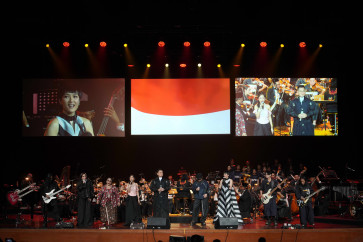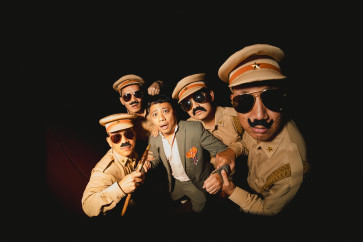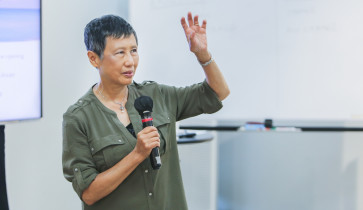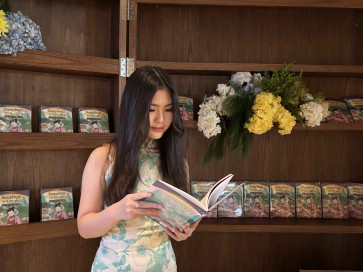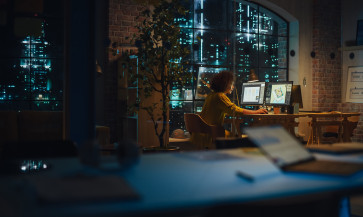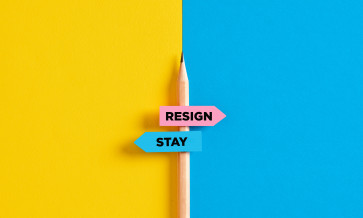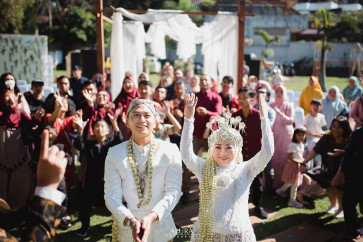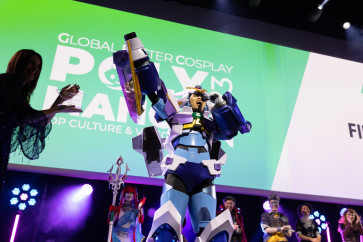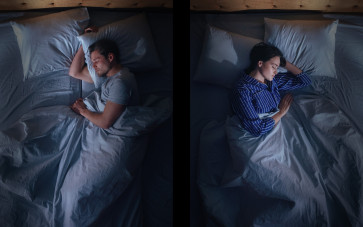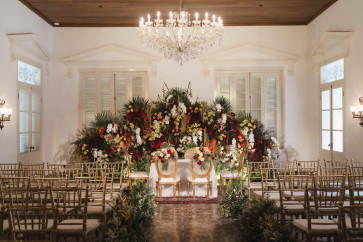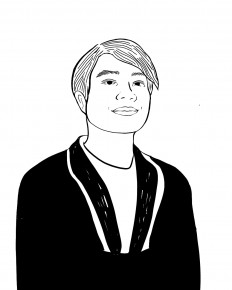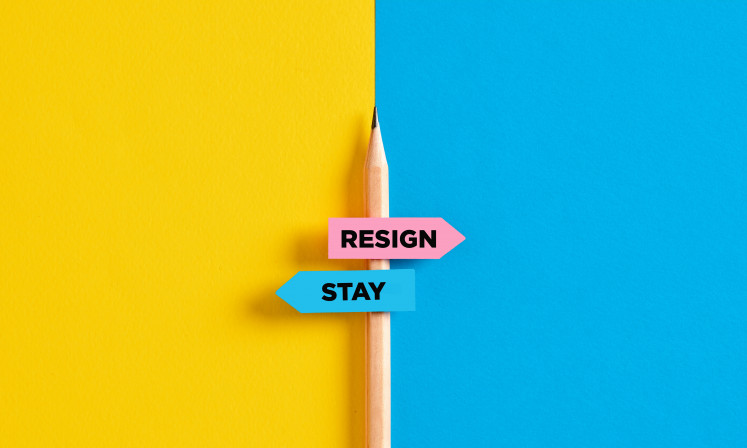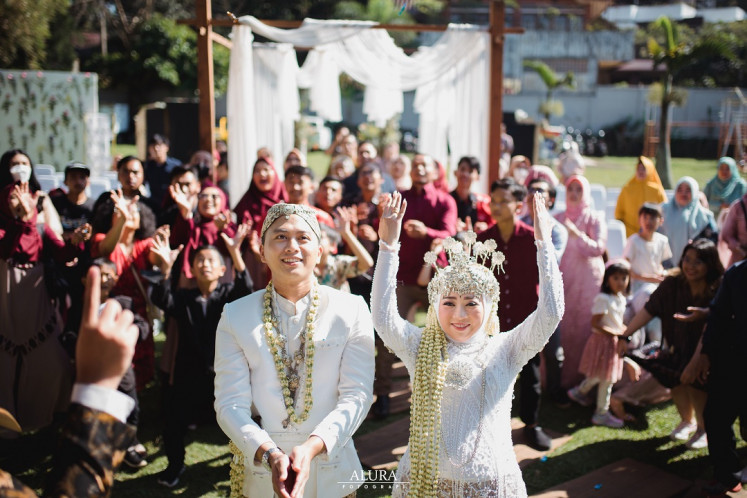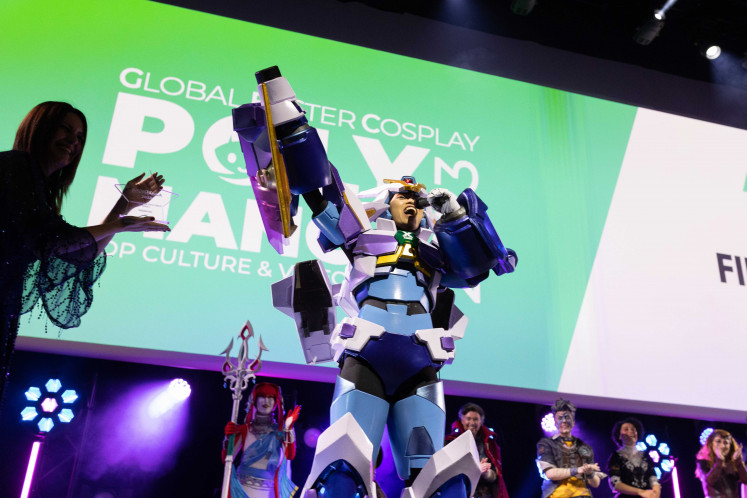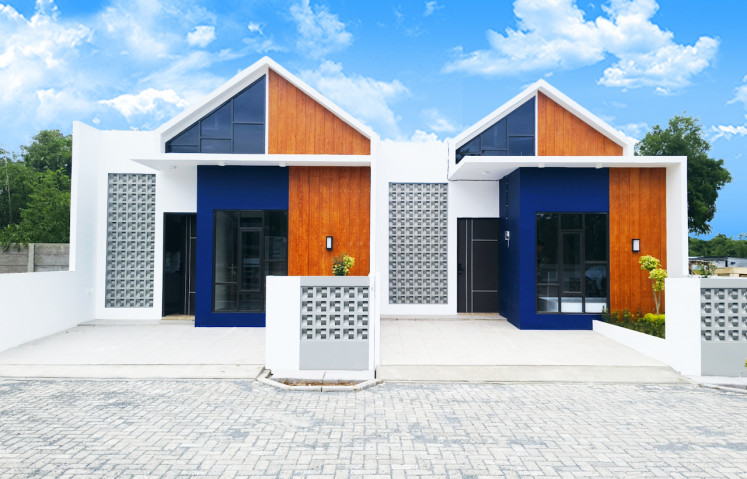Every time I scroll through social media, someone new is playing padel, and always at a different court or venue. It’s not just a sport anymore; it has become the lifestyle of 2025.
The numbers back it up. In 2024, Indonesia had only 133 padel venues, with just 27 in Jakarta. By the end of this year, that number is expected to hit 200, in the capital alone.
As of mid-August, there were already 95 padel venues across Greater Jakarta, with 89 more confirmed to open. Many host multiple courts, yet finding a slot is still notoriously difficult. Occupancy rates rarely dip.
“Since opening in February, our courts have been consistently in the 90 percent occupancy range, the lowest was 87 percent,” says Okie Imanto, cofounder of WePadl in Pondok Indah, South Jakarta.
In one of South Jakarta's padel courts that opens 18 hours a day, the rate even reached 99 percent.
The reason padel is popular may be as simple as this: It’s fun and accessible. But behind the craze lies some serious investment, which raises an intriguing question: Is padel worth betting on as part of your portfolio?

Thank you!
For signing up to our newsletter.
Please check your email for your newsletter subscription.
The building blocks
Let’s start with the basics: A comfortable court set-up would now cost around Rp 1 billion (US$61,600)- Rp 1.5 billion each, according to Okie.
“For a venue with four courts, the investment should be at least Rp 4 billion to Rp 6 billion,” he says.
But beyond construction, sourcing quality materials, tempered glass panels, turf, lighting, is a meticulous process. WePadl took six months to build its courts, importing parts from China: three months for shipping, another three for assembly.
“Last year, it was hard to find the components. Not many contractors here were familiar with the process,” Okie says.
“Now it's completely different. You can do the whole construction in under two months.”
While for Alghi Permadi, the coowner of 7 Padel in Cilandak, finding the right supplies and contractors who can adhere to international standards was challenging.
“We had to do diligent research ourselves to create a proper padel court. It’s not the same as tennis or squash,” Alghi explains.
“Now, there are expert contractors from Spain or China, even many local ones.”
Though construction is now less daunting, it’s a double-edged sword. The contractor pool has grown, but so have prices.
“Usually, with more supply, the prices go down. But as the demand keeps rising, construction prices have gone up around 7 to 10 percent,” Okie notes.
Unique propositions
The draw isn’t just the game. Padel has now become shorthand for a certain lifestyle: playful, social, elite. And court owners know this.
At WePadl, players linger over food and drinks, or pose for in-house photography services. At 7 Padel, they hang out at the café or browse gear at its in-house branch of a Juaraga sport shop.
“People want to showcase their best selves or eternalize the moment when they play, so they dress up, come with their friends, then post it online, which is a huge reason why the sport has gone viral,” Alghi says.
To meet this specific demand, 7 Padel now offers session photography services. And, these “nice-to-haves” have become critical differentiators.
“A return on investment in under three years is still attainable. The ecosystem is very strong." - Alghi Permadi, 7 Padel
New businesses like Athletiqs Airdome in Tanah Abang, Central Jakarta, and Air Padel on Jl. Antasari in South Jakarta are fully air-conditioned. Some like Ràcquet Padel Club create a sports club feel with swimming pools and playgrounds in its two venues, and it’s even pet-friendly.
Others, like Bounce Social Club, use extreme exclusivity as their unique proposition. As more courts become available, people now choose based on the extras.
“Padel’s community is strong. There's always at least four people per court, but usually six to 10 rotate in. Naturally, they want to chat or relax during downtime, so the F&B aspect of WePadl is essential,” Okie explains.
His team’s vision: to create a third space for the community, instead of just a sports venue.
Padel venues no longer compete only on court availability, they compete on the full experience. The sport might get you through the door, but the lifestyle keeps you coming back.
Betting on the future
Is the boom sustainable? For now, padel’s popularity is peaking. Demand may stabilize, but Alghi is confident.
“A return on investment in under three years is still attainable. The ecosystem is very strong,” Alghi says.
“The sport will transition to a fixture in Jakarta. It's just the beginning and there’s room to grow.”
Even if the sport’s popularity levels off, most expect a passionate core demographic to remain and sustain future investments.
Let’s say you build a venue with four padel courts for Rp 4.2 billion and operate them for 17 hours a day.
Even at 50 percent occupancy, half of today’s peak numbers, four courts priced between Rp 400,000 and Rp 700,000 per hour could generate Rp 13.6 million or Rp 23.8 million per day, paying off construction costs in just over a year. Factoring in operating expenses and add-ons, a three-year ROI remains realistic.
Is the market getting saturated, though? For Okie, the numbers suggest we’re not there yet.
“Spain has 30,000 padel courts and the sport has been there for 30 years. It’s only just entering the Jakarta market, and our population is way larger. There is still so much room for the sport to grow and become more inclusive in Indonesia.”
So is it worth investing in?
Padel is already a legitimate sport, but its momentum in Jakarta suggests its growth and staying power have less to do with the game itself and more to do with the lifestyle around it. The secret sauce may therefore not lie in ROI and spreadsheets, but in how well you build that third space.
Aqraa Sagir is a writer for The Jakarta Post's Creative Desk. He’s chronically online in the hope it would be a useful asset for the job.




